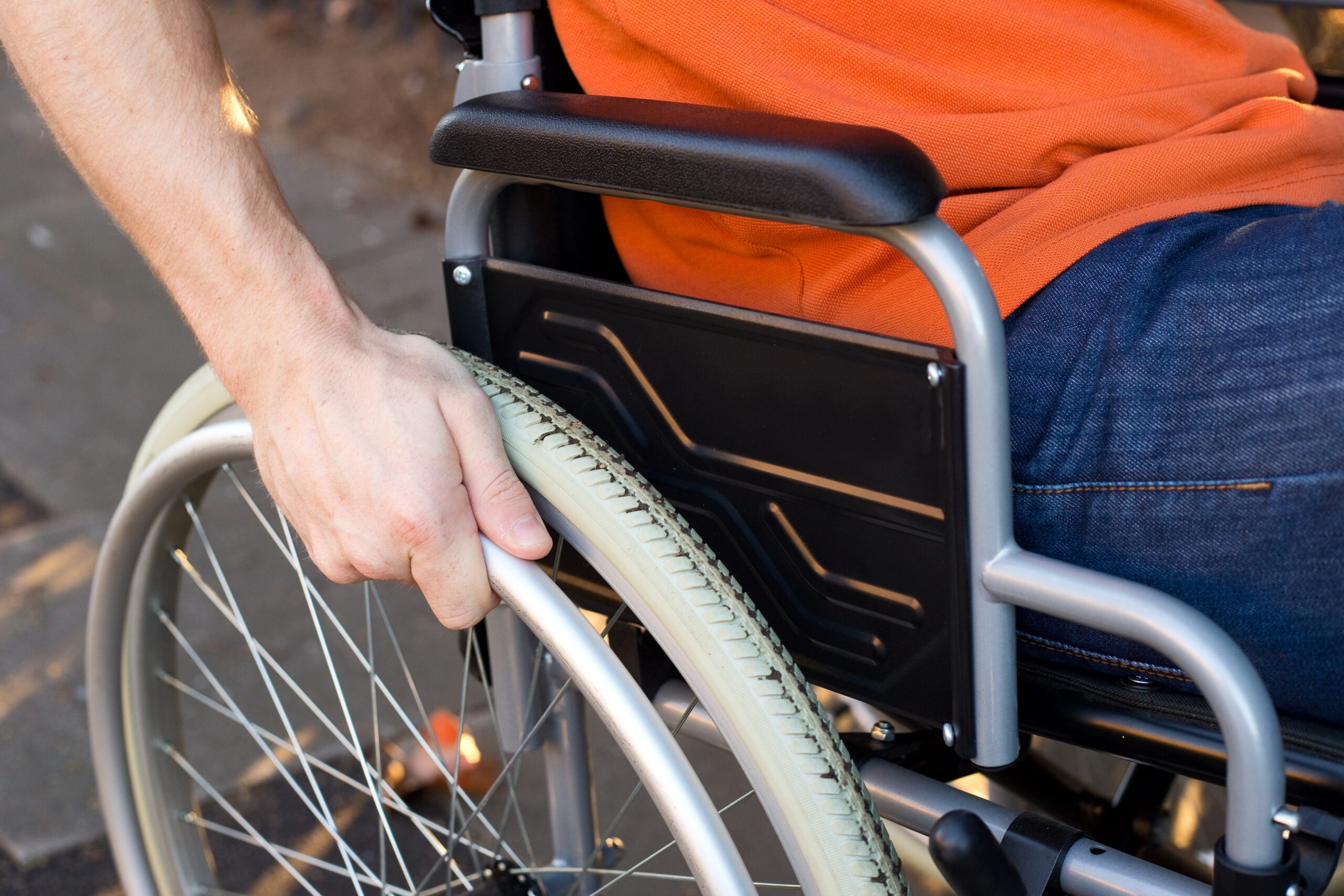Uber, Lyft, Taxis, and Personal Injury
April 30, 2015

Riding Sharing vs. Taxis and Which To Choose
At this point in the ridesharing game, this topic is not only old news but you may already have chosen your contender and you’re sticking with it!
And that’s perfect!
This post is not about persuading you on choosing Uber or Lyft or your local taxi driver. Rather, it’s about looking at the various insurance policies each of them hold and what to do if an accident occurs while you’re in the vehicle and your driver caused it…
Makes sense right? We are a personal injury law firm… 😉
For those of you less familiar with the concept of ridesharing, here it is:
The two largest ridesharing companies right now are Uber (arguably the most popular) and Lyft. Both are ways of commuting via a phone app. You get the app on your phone, you set up an account with your name and credit card information and viola! You can literally tap, tap tap and “order” a ride.
The app tells you where the driver is in proximity to your location, how long he/she will take and their name and even what car they will be picking you up in.
The best part? There is no money exchange at all. Everything is charged from your phone. You say “toodles” and hop out of the car.
Note that Uber you have the following categories to choose from:
Uber X: What Uber defines as “everyday cars for everyday use” In other words an affordable ride for those on a budget
Uber Taxi: These are not necessary Uber drivers but Uber facilitates the sale and takes $2 of that. Works great in NYC
Uber Black: What Uber defines as “your own private driver on demand…expect pickup in an high-end sedan within minutes”
Uber SUV: When you need a little more space
Uber Lux: This is for the high rollers. Luxury cars and prices to match
Lyft on the other hand has a bit of a different model. It sits on the platform of helping you make more money:
“Lyft matches drivers with passengers who request rides through our smartphone app, and passengers pay automatically through the app.
Whether you’re trying to offset costs of your car, cover this month’s bills, or fund your dreams, Lyft will get you there. So, go ahead. Be your own boss.”
A major difference to start with between the taxi company vehicles and these ridesharing companies is the fact that the vehicles in the ridesharing companies are owned by the drivers themselves.
Another difference between the two modes of transportation is the fact that taxi companies nationwide are vehemently opposed to the ridesharing industry.
Why?
Ridesharing companies like Uber have been gaining some unwanted attention recently due to the fact that they may be underinsured. While it should be the ridesharing company’s responsibility to pay damages if you or a loved one is injured by one of their drivers, there’s no guarantee that the company will provide you the full compensation you need to cover your medical expenses and other associated costs, such as loss of income and all things personal injury.
In order to understand the risks associated with ridesharing services, it’s important to first understand how these companies work and how they are different from conventional taxi services.
When you get in a licensed taxi cab, you know that the driver is an employee of a taxi company, and that the company is fully insured in the event of an accident. However, th common misconception is that ridesharing companies or their drivers are not insured…
FALSE.
When you are in an uber vehicle (for instance), you are in someone’s vehicle. Let’s say that driver causes an accident. You would direct your claim to the driver’s insurance company at this point.
Here’s the downfall…They (the ridesharing company) will most likely deny your claim…
And they may have grounds for this because the driver is a private driver and does not hold a commercial license….
NOTE: All Uber X drivers and above are required to carry a commercial license.
Okay so why are we telling you all the bad news to this ridesharing business?
Because you can STILL fight it! Companies like Uber carry what is called an “Excess Policy” in which Uber carries an excess of $1 million dollars on that policy.
Comparatively, most taxi companies hold no more than $250,000 dollars in an excess policy and will likely ONLY carry the minimum
For a free legal consultation, call (866) 499-8989
In addition to this, the excess policy for ridesharing, such as Uber, build in an underinsured policy whereas many cab companies do not, forcing you to use your own…IF you have one (and you should! For more information, check out Doug Zanes book on this!)
However, it is important to keep in mind all the ways ridesharing companies can get away with NOT covering your injury in a personal injury claim:
- Drivers’ personal auto insurance doesn’t cover ride-sharing. Most personal auto insurance policies explicitly state that they do not cover accidents that occur when the policyholder was “driving for profit.” That means that even if a ridesharing company is okay with letting drivers use their personal insurance for liability coverage, your ride may not be covered.
- You may be expected to cover an accident with your own insurance. In the event that a driver’s auto insurance doesn’t cover your injuries in a ridesharing accident, the next logical step would be to go to your own auto insurance company. But what if you have minimal insurance or no insurance at all because you don’t drive? In that type of situation, this backup solution won’t work (Again, if you haven’t read Doug Zanes’ book, “Winning Your Personal Injury Case” this may be imperative in all driving situations like this!)
- Ridesharing companies’ “additional coverage” might not actually cover you. Several ridesharing services have responded to the allegations that they’re underinsured by saying that they offer up to $1 million in supplementary coverage when their drivers’ insurance falls short. Unfortunately, regulators in several states have warned that ridesharing companies’ insurance policies may not cover certain things, like underinsured motorists or your medical bills. Again this differs from state to state and insurance to insurance!
- Ridesharing companies may try to distance themselves from drivers who are between fares. Uber gained notoriety last December when one of their San Francisco drivers struck and killed a 6-year-old girl. Uber originally tried to avoid responsibility by saying that the driver had not been working for them at the time because he wasn’t carrying a passenger (even though he was using the Uber app). After a huge outcry, Uber changed their policy so that they are now liable for drivers in between fares, but there’s no guarantee that other start-up ridesharings will have the same policy.
Folks whatever you choose, remember to know YOUR OWN policy! And if you ever have any questions regarding this topic, look no further than Zanes Law.
Click here for more information about ridesharing.
Call or text (866) 499-8989 or complete a
Free Case Evaluation form







